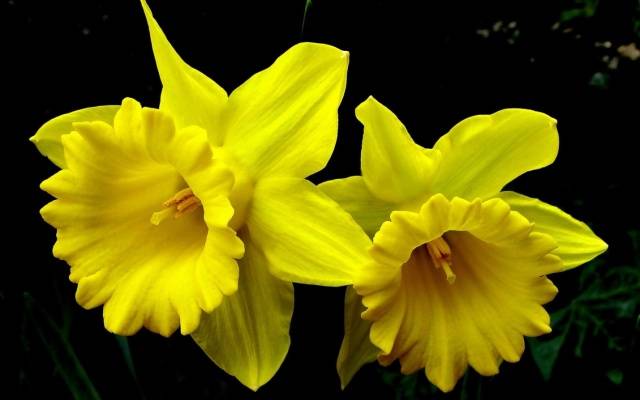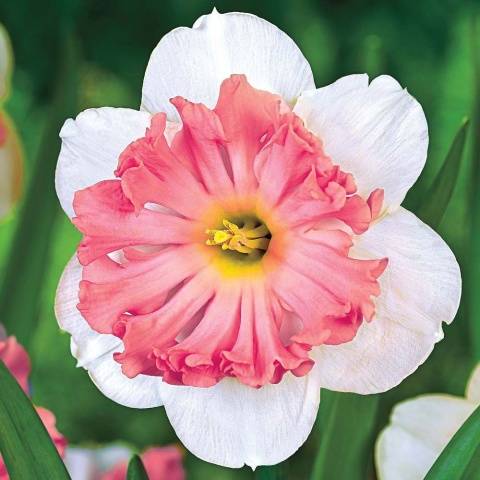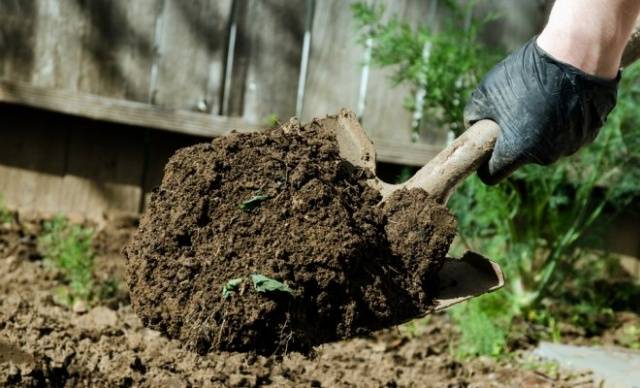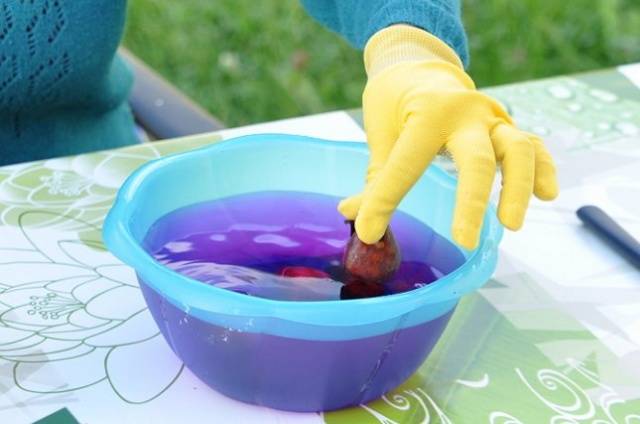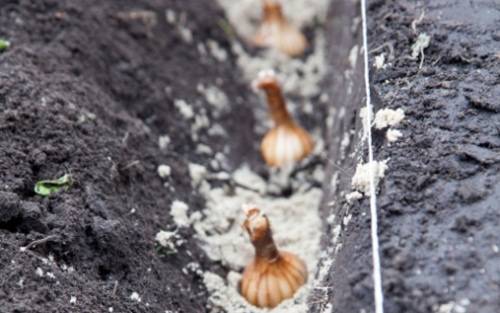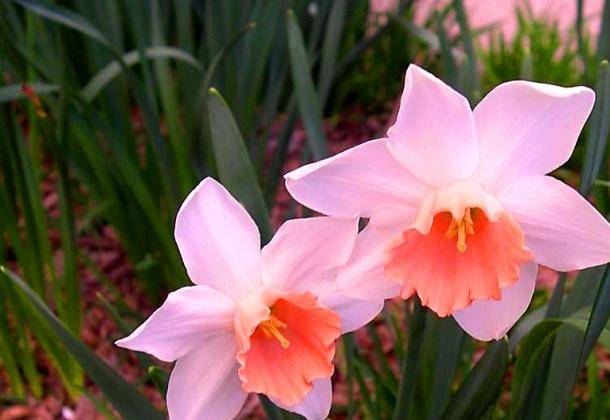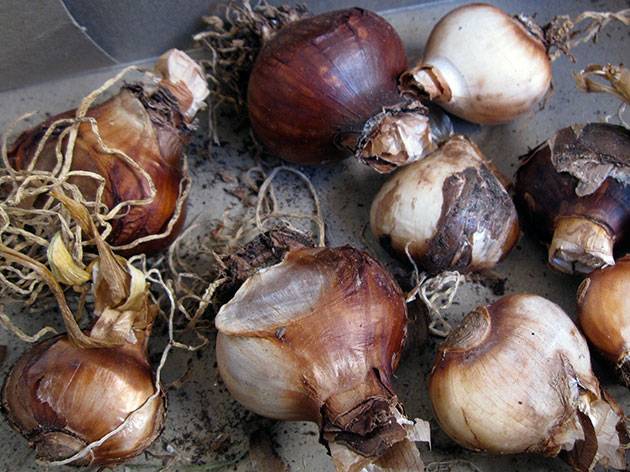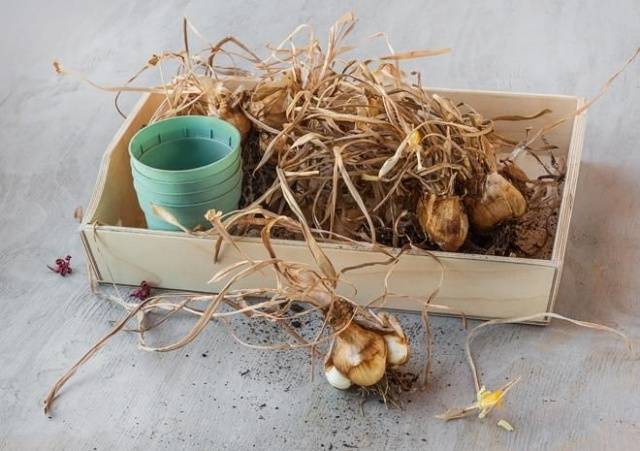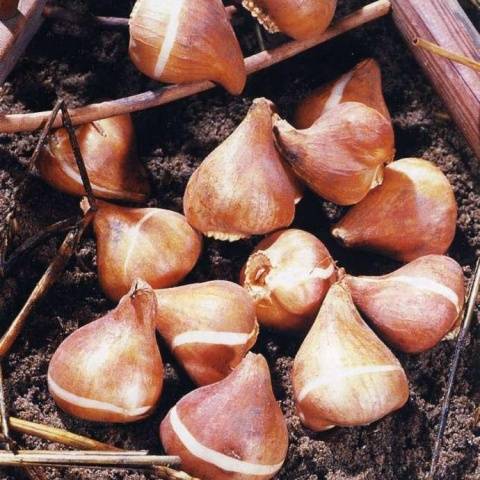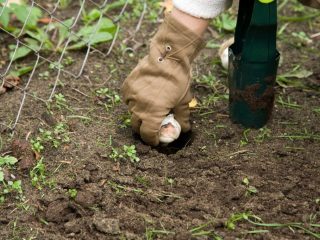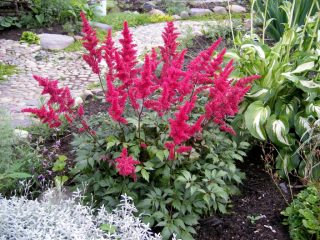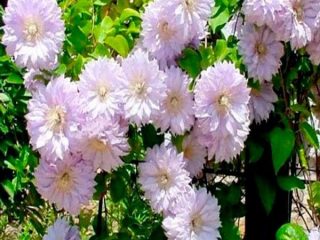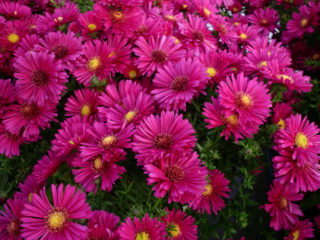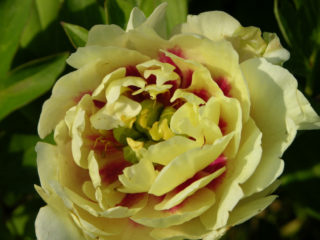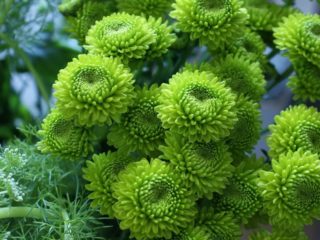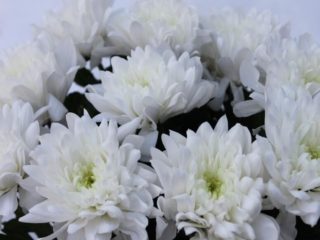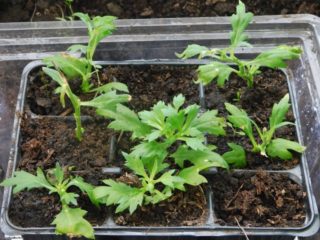Content
There is an ancient legend about the appearance of this flower. A young man named Narcissus had unearthly beauty. The nymph, in love with him, told him about her feelings, but in response she heard an insult. The gods punished the arrogant handsome man for his arrogant and proud disposition. He fell in love with his own reflection in a stream and died of self-love. It was in that place, near the bank of the stream, that the first daffodils appeared. And now everyone admires its beauty every spring.
Of all the flowers, the narcissus is the first to bloom. Its bright colors delight the eye, and its subtle honey aroma is intoxicating. The most common colors are white and yellow, but there are varieties that vary in other shades - soft lilac, dark purple and even pink.
All gardeners know that daffodil is the most unpretentious plant. And many do not replant it for several years. But not every gardener knows that it is necessary to plant flowers every 4-5 years. Some people replant daffodils in the spring, breaking the rule book. After all, according to the recommendations of the gardener, they should be planted exclusively in the autumn. You will learn how to plant daffodils in the fall from this article. There is no difficulty in this process.It is only important to comply with the timing and planting rules.
Terms and rules for planting daffodils
As already mentioned, it is best to replant daffodils in the fall. Planting dates are determined based on climatic conditions and regional affiliation. The further north the region, the earlier you need to start working in the garden.
Determining when it's time to replant daffodils is very simple. Observe carefully the amount of green mass, abundance and flowering period. If you notice:
- Strongly overgrown plants and great crowding;
- Gradual reduction in the size of flowers and depletion of color;
- Short flowering period.
This means we need to get to work urgently.
When to start working in the flower garden
Mostly, daffodils begin to be planted in the fall, when the soil temperature drops to 8˚C - 10˚C. It is advisable that this temperature regime be maintained for 2-3 weeks. There is no need to expect further decline. Otherwise, the bulbs simply will not have time to take root and prepare fully for winter.
The appropriate time to determine the timing of planting daffodils is the second half of August to the third ten days of September. When determining a more accurate date, it is necessary to take into account two more factors - the weather forecast and the region of growth. The further north your garden plot is, the sooner you need to start work. And, on the contrary, in the southern regions there is no need to rush into planting daffodils in the ground in the fall. It is better to shift the planting schedule 2-3 weeks ahead.
Before starting work, it is necessary to take into account that the bulbs need at least 3-4 weeks for full rooting.Daffodils should take root before the first frost. And one more nuance. Some work in the future flower garden must be carried out in advance, 3-4 weeks before planting daffodils in the fall: prepare the soil and fertilize the soil. Therefore, plan your time and list of your actions correctly.
Choosing the right place
These flowers are the most unpretentious and picky, not only in terms of care, but also in terms of their demands on the composition of the soil. Almost any corner of your garden is suitable for planting daffodils. Most ordinary garden flowers are not particularly demanding when it comes to such an important component as lighting. They feel great both in open sunny places and in partial shade. But varietal daffodils are more finicky in this regard - for abundant flowering and preservation of varietal characteristics, they need a large amount of sunlight.
It is advisable that the place chosen for the future flower garden be protected from piercing winds - daffodils do not like drafts.
Preparing the soil for planting daffodils
Planting daffodils in the fall is not such a troublesome and time-consuming task. Soil preparation is an important stage. After all, not only the growth of plants, but also the quantity and quality of flowers depends on the composition of the soil. How to properly prepare the soil? What does a narcissist like and dislike?
Daffodils are very moisture-loving, unlike other members of the bulbous family. Therefore, sandy loam soils are not suitable for them. It is best to plant daffodils on loamy soil with neutral acidity levels.
The key to abundant flowering will be fertile soils. Sandy loam soil needs to be “diluted”.This can be done in advance, about a month before planting the daffodils, by adding humus. It would be useful to fertilize the soil with superphosphates or phosphorus-potassium fertilizers.
The area needs to be dug up to mix the soil mixture well. Level your future flower bed so that there are no holes or bumps.
When planting daffodils, it is useful to add a handful of wood ash to each hole, which will have a positive effect on the rooting of the bulbs, their preparation for winter and abundant flowering in early spring.
How to plant daffodils correctly
It is advisable to prepare the bulbs before planting. Carefully inspect the planting material and remove any damaged bulbs or those showing signs of disease. Soft bulbs are also unsuitable for transplantation. It is advisable to treat all seed material to prevent the possibility of disease and rot. To do this, soak the daffodil bulbs in a weak solution of potassium permanganate (potassium permanganate) for 30-40 minutes. This time is quite enough to strengthen and disinfect all the material.
Now that the soil and bulbs are prepared, you can replant the daffodils.
- Prepare the wells. Its depth depends on the size of the bulbs - from 10 to 25 cm. Keep in mind that the planting depth should be three times the height of the bulb. For example, if the height of the seed is 5 cm, then the recess should be at least 15 cm. The distance between small bulbs should be at least 8-10 cm, between large ones - 15-20 cm. Daffodils grow very quickly.It is undesirable to create conditions in which the plants will lack nutrients and moisture due to overcrowding.
- At the bottom of the hole, place a handful of wood ash if you did not fertilize the soil with mineral fertilizers, and a handful of sand for additional drainage.
- Plant one onion in each hole, bottom down, lightly pressing them into the ground. It is very important that there is no free air between the bulb and the bottom of the hole.
- Fill the holes with soil.
- Water your plantings.
- When the temperature drops, the flowerbed with daffodils must be mulched with peat or dry leaves.
That's all. The bulbs are planted. If there is insufficient rainfall, the flowerbed must be moistened as the soil dries out.
Why is it convenient to transplant daffodils in the fall? During this period, you can lay the foundation for spring flower beds by composing compositions and planning the design of your site in advance. With the arrival of spring, all you have to do is enjoy the riot of bright colors.
Advice! Experienced flower growers advise planting daffodils at different depths, thereby ensuring “cascading” and longer flowering.
How to properly plant and grow daffodils, see the following video:
How to properly store daffodil bulbs before planting
Garden daffodils can grow in one place for up to 4-5 years without transplanting. But there are varieties of spring flowers that require mandatory autumn planting annually or once every two years. This is necessary to separate the children from the adult bulb and to preserve varietal characteristics.
The debate about when is the best time to replant daffodils, in spring or autumn, continues to this day.But experienced flower growers are of the same opinion: it is necessary to dig up the bulbs only after flowering and store them in appropriate conditions until planting in the fall.
It is highly undesirable to replant flowers in spring. Firstly, for full rooting it takes at least 20-25 days. Secondly, for active flowering, the bulbs must go through a “cold” period, that is, survive the winter.
If you decide to plant daffodils in early spring, be prepared for the fact that they will bloom only next year.
You can dig up the bulbs when the above-ground part of the plants is completely dry and lies on the ground. This period begins around the end of June - beginning of July. You need to remove the bulbs with a pitchfork so as not to damage the planting material.
Cut off the remaining leaves from the dug up bulbs and send them to dry. It is important that the drying area is dark and ventilated. When the material dries well, that is, after no less than 2-3 weeks, you need to clean it of soil and remnants of old husks. Those children that weakly adhere to the mother’s bulb can be separated; they are also suitable for subsequent planting.
Calibrate poor quality bulbs. The following are subject to culling:
- Sick;
- Planting material is too small;
- Damaged.
Suitable for planting bulbs Daffodils should be washed with water and then kept in a dark pink solution of potassium permanganate for 10-15 minutes. The bulbs need to be dried again in a well-ventilated place where the air temperature does not exceed 25˚C.
Daffodil bulbs should be kept in the shade until planting. This can be done either in a barn, under a shed, or in the attic.It is important that the storage area is well ventilated. Daffodil bulbs contain poison. That is why small rodents avoid them. When stored for a long time, the bulbs release toxic substances into the air. Therefore, they need to be kept in a well-ventilated place until autumn planting.
Conclusion
As you can see, there are no particular difficulties with planting daffodils. Even an inexperienced beginner can perform all the steps. But in the spring, when the flower beds are full of yellow, orange or white flowers with pink centers, you will experience true aesthetic pleasure looking at such divine beauty.



